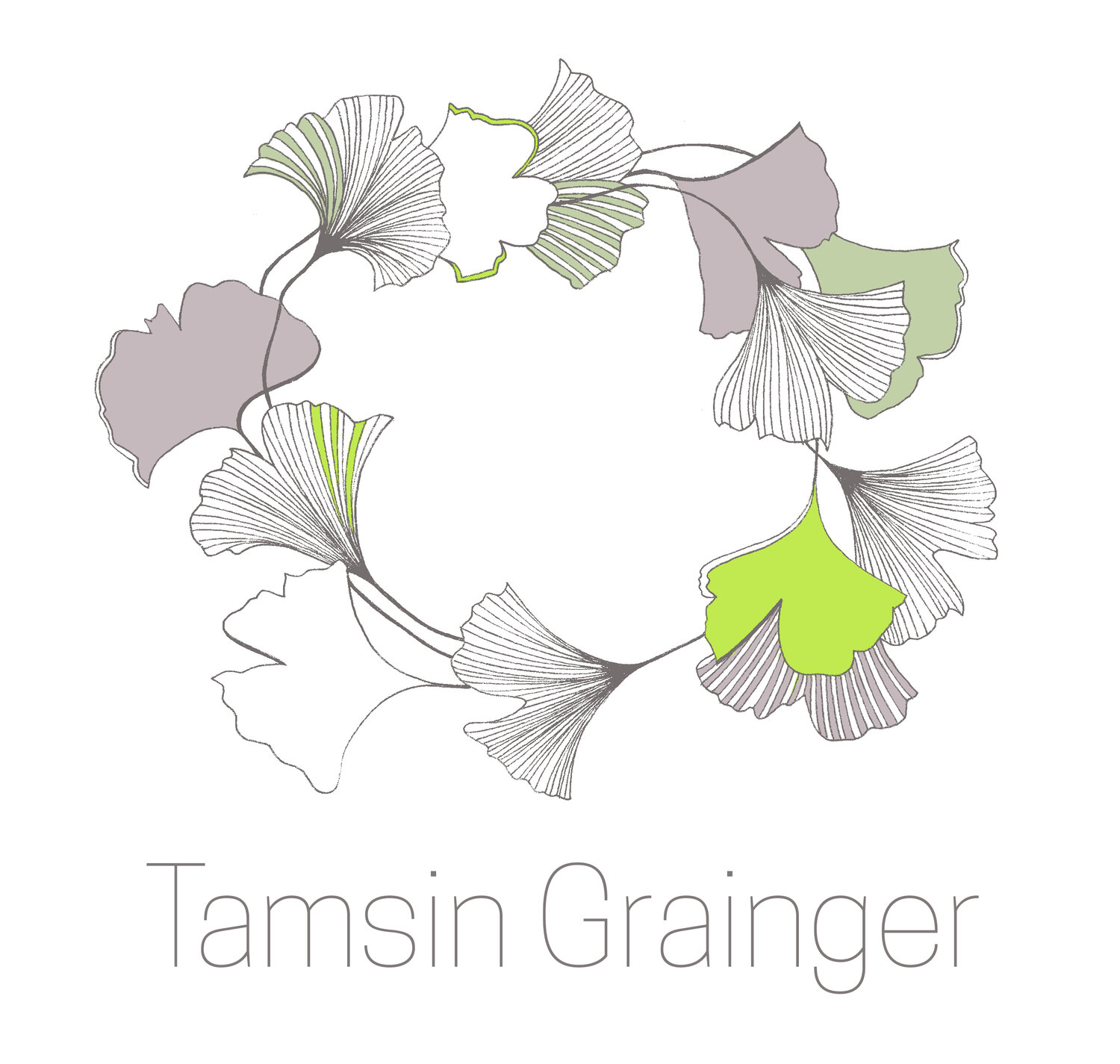It is Palliative Care Week in Ireland (Sunday 13 to Saturday 19 September 2020) and I am taking the opportunity to write about what palliative care is and is not, and the place Shiatsu has in it. It is relevant for all geographical areas. I am writing for practitioners themselves and for those who are curious about how Shiatsu can support people in receipt of palliative care.
Palliative care improves the quality of life of patients and their families facing the problem associated with life-threatening illness, through the prevention and relief of suffering by means of early identification and impeccable assessment and treatment of pain and other problems, physical, psychosocial and spiritual.
World Health Organisation, 2002
Who benefits from palliative care?
Palliative care can make a different to people with life-limiting and progressive conditions which include cancer and also motor neurone disease, multiple sclerosis, Parkinson's, lung issues such as COPD, Covid, dementia and more. It also serves their caregivers and families.
Palliative care:
can help people manage the side effects of their medical treatments
can address any psychological issues brought up by serious illness
is not exclusively for people who are in the last six months of life
is not only for people with cancer
is for young people as well as adults
can help people better understand their treatment options
can help the whole family* cope with a serious and progressive illness
includes bereavement support.
*Note that the term 'family' here applies to the people which the client defines as family, and so can include friends, and others who are not related by blood or marriage.
You do not:
have to be in hospital to receive palliative care - there are day clinics and a community service
have to stop treatments aimed at curing your illness
Who works in palliative care?
General health and social care professionals give day-to-day palliative care to people as part of their roles: the GP, district or community nurses, social workers, care workers, spiritual care professionals, and complementary therapy practitioners.
Shiatsu care takes place in private practice (clinic or practitioner's own home), at the client's home, in mobile units, at doctor's surgeries, in hospitals, care homes and hospices.
Specialist palliative care professionals are experts in providing palliative care and will have training and experience in this area. They might be involved in managing more complex care issues. Specialists usually work in teams to provide joined-up care, and you might see one or more specialists if you’re referred to them: palliative care doctors, nurse specialists, counsellors, health professionals, such as physiotherapists, occupational therapists, dieticians and social workers, and if you are lucky, those who specialise in complementary therapy.
There is a full table detailing end of life and palliative care (while they are almost synonymous in the UK, they are not exactly the same thing in the US) on pages 122 and 123 of my book (see below for details).
Shiatsu and palliative care:
The most important thing about Shiatsu is that it addresses the whole person at the same time - physical, emotional, metal and spiritual. Being faced with a life-limiting or progressive condition, or the end of your life will raise all these aspects of yourself. Shiatsu is therefore ideal for palliative care and is in line with the definition above by the World Health Organisation. Our clients present with pain and fear, worries about what has happened in the past and deep matters of the soul. Shiatsu practitioners are trained for this.
Being able to interact with all these aspects makes us unusual in the medical arena. While individual specialists are vital - the doctors with their medications, the chaplains with their spiritual care, the counsellors with mental and emotional word-based work - the reality is that clients sometimes slip between these realms. If there is pain, it is hard to focus on anything else. In such a situation, the Shiatsu practitioner would start with that. If that pain lessens and an emotion or thought then arises, we can shift levels immediately to be with it. If the pain returns or moves to a different place, we can refocus, communicating using words or through sensation, whatever is most useful. If, in the middle of a thought, they have an overwhelming internal spiritual connection, or rush of emotion and go quiet, we are trained to support this process, we don't need to know what is going on, but can stay with them, and continue to touch if relevant. If they do want to express something as that passes, we can both hear and bear that, whatever it is.
This is the core difference between the mainstream service and ours, and why our contribution to palliative care is so valuable and necessary.
I want to stress that Shiatsu is not instead of other care services, it is complementary to them.
Spring was stark. Blackthorn in arthritic tangles
occupied a nether region, leafless, yet pricked
with hard-nosed buds in pink, caught between
death and regeneration, as if the year
was loath to burgeon again within the bark.
From A Blackthorn Winter by Ann Leahy
This post was inspired by an online event, Palliative Care in a Pandemic: Lessons and Insights from Practice and Poetry held by the Palliative Care Hub which was created by the All Ireland Institute of Hospice and Palliative Care (AIIHPC), a collaborative of hospices, health and social care organisations and universities on the island of Ireland. Link above.
Marie Curie and other organisations are also involved in this valuable work in Scotland, Wales and England. Please inform me of similar organisations in Europe and other parts of the world so that we can compile a list which is helpful for Shiatsu practitioners across the world. You can do this in the comments below or by email to shiatsu@ryoho.co.uk. Thank you.
You can find out more and order my new book, Working with Death and Loss in Shiatsu Practice, a guide to holistic bodywork in palliative care here.

